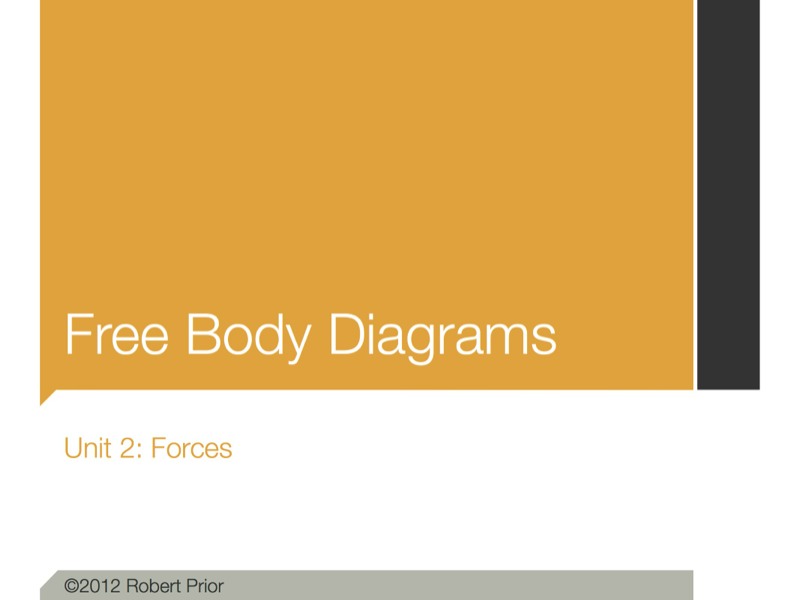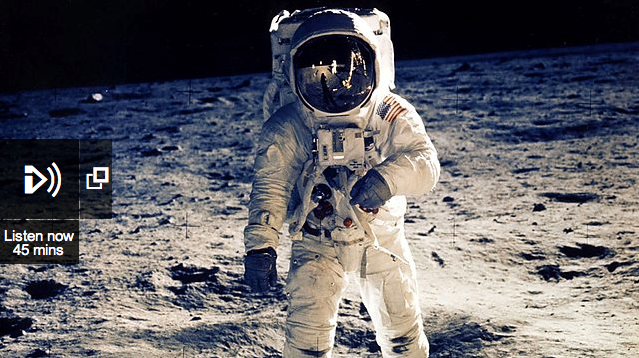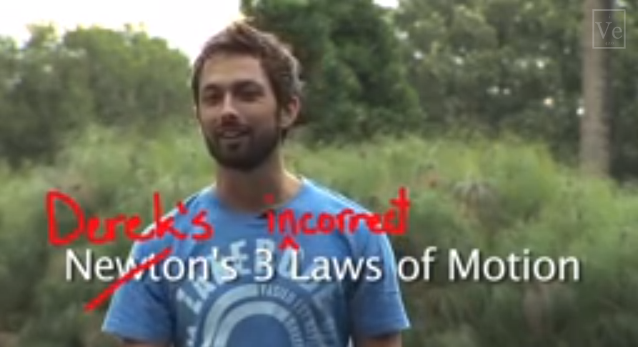Forces Resources
Copyright on all materials on this site is retained by the authors. You are granted a limited license to reproduce these resources for classroom use, provided the copyright notices are not removed. Charging a fee for these resources, or distributing them in any way outside your classroom, is prohibited.
Newton’s Laws of Motion
In Our Time: The Laws of Motion
In Our Time is a wonderful series on BBC Radio 4.
Melvyn Bragg and guests discuss Newton’s Laws of Motion. In 1687 Isaac Newton attempted to explain the movements of everything in the universe, from a pea rolling on a plate to the position of the planets. It was a brilliant, vaultingly ambitious and fiendishly complex task; it took him three sentences.
These are the three laws of motion with which Newton founded the discipline of classical mechanics and conjoined a series of concepts — inertia, acceleration, force, momentum and mass — by which we still describe the movement of things today. Newton’s laws have been refined over the years — most famously by Einstein — but they were still good enough, 282 years after they were published, to put Neil Armstrong on the Moon.
Melvyn Bragg and guests discuss Newton’s Laws of Motion. In 1687 Isaac Newton attempted to explain the movements of everything in the universe, from a pea rolling on a plate to the position of the planets. It was a brilliant, vaultingly ambitious and fiendishly complex task; it took him three sentences.
These are the three laws of motion with which Newton founded the discipline of classical mechanics and conjoined a series of concepts — inertia, acceleration, force, momentum and mass — by which we still describe the movement of things today. Newton’s laws have been refined over the years — most famously by Einstein — but they were still good enough, 282 years after they were published, to put Neil Armstrong on the Moon.
Misconception: Three Incorrect Laws of Motion
From Veritasium:
Newton's Three Laws of Motion are a landmark achievement in physics. They describe how all objects move. Unfortunately most people do not really understand Newton's Laws because they have pre-existing ideas about the way the world works. This film is about those pre-existing ideas. By recognizing what people are thinking, it becomes easier to describe the correct scientific concepts of Newton's Three Laws and how they differ from this 'intuitive physics'.
Newton's Three Laws of Motion are a landmark achievement in physics. They describe how all objects move. Unfortunately most people do not really understand Newton's Laws because they have pre-existing ideas about the way the world works. This film is about those pre-existing ideas. By recognizing what people are thinking, it becomes easier to describe the correct scientific concepts of Newton's Three Laws and how they differ from this 'intuitive physics'.



Teaching Science